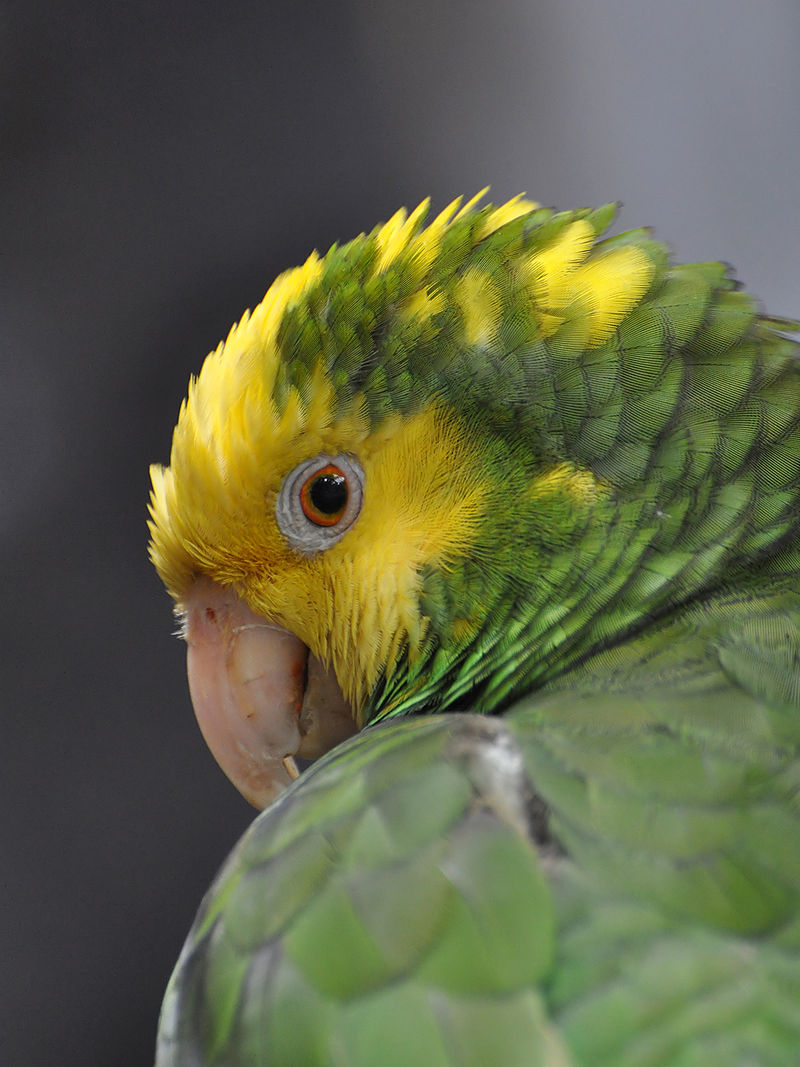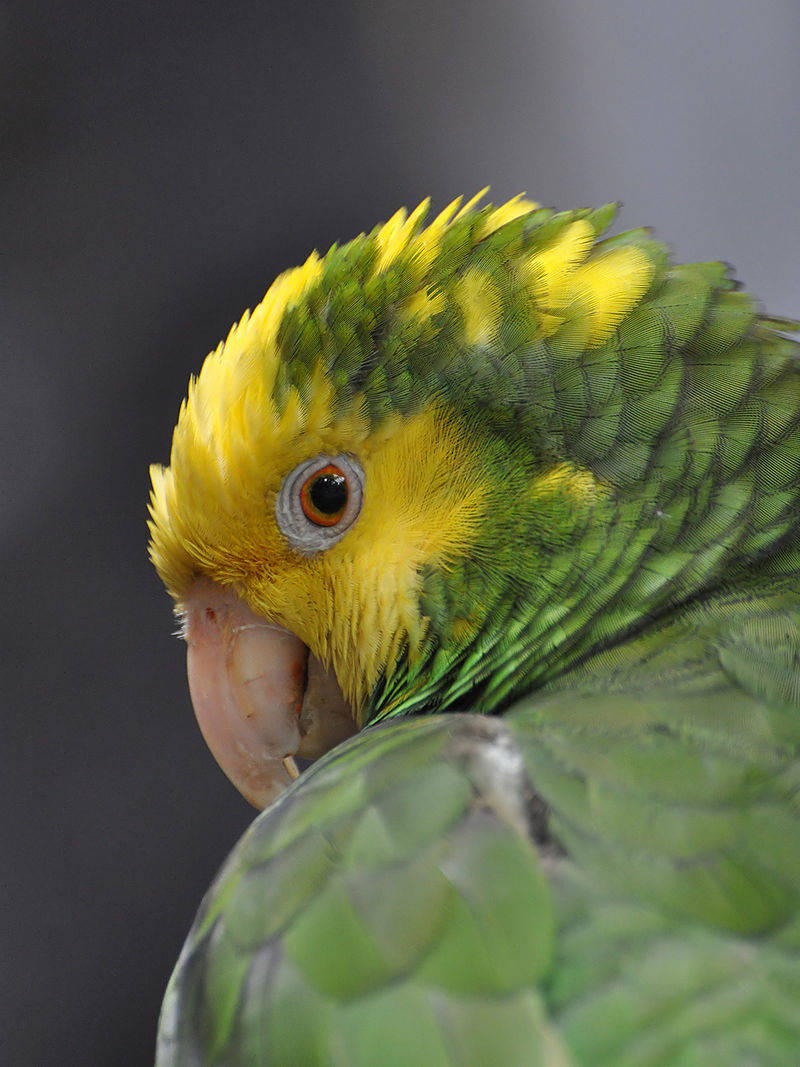Photodedupe is a utility for identifying duplicate photos regardless of file name, image resolution, compression settings or file format. It compares the image content visually and does not rely on any metadata to perform the de-duplication. In the example below the image on the right has been exported with a higher JPEG compression level than the image on the left. The two photos may appear visually identical but only about 18% of the pixels are actually the same, therefore traditional hash based file de-duplication methods will not work. Photodedupe can identify both of these images as identical duplicates.
Each set of duplicates returned is sorted by resolution to determine the best copy of each picture found. This enables the highest resolution versions to be retained and lower resolution copies of each image to be filtered out. Photodedupe can process large sets of images and can scale to any number of CPU cores.
Builds of photodedupe for x86 Linux and Raspberry Pi are available for download from the releases page.
One or more directories can be supplied on the command line and photodedupe will recursively inspect them for images.
photodedupe dir_of_images/
A list of files can be supplied as arguments:
photodedupe image1.jpg image2.jpg image3.jpg
Or a list of file paths can be piped in:
find photos/ -name '*.jpg' | photodedupe
By default photodedupe will only inspect files with common image file extensions. JPEG, PNG, TIFF and GIF images are supported. However image file formats can also be auto-detected. To inspect every file regardless of extension (or lack of extension) and determine if each may be an image, use the --any-file option. The extension check also applies to when lists of files are piped in on stdin.
The default output only lists images that have duplicates. The highest resolution version will be listed first as the "best" copy, followed by any lower resolution versions listed as duplicates. If there are no duplicates there will be no output on stdout.
Best(512x341): unit_test_images/cat2_best.jpg
Duplicate(510x340): unit_test_images/cat2_duplicate_1.jpg
Duplicate(100x67): unit_test_images/cat2_duplicate_2.png
To list every image file found regardless of whether it has a duplicate use the --all option.
To list only the highest resolution version of each image use the --uniques option. This option could be used to copy the highest resolution versions to a different directory e.g:
photodedupe --uniques dir_of_photos/ | xargs -i cp "{}" unique_best_versions_dir/
To list only the lower resolution duplicate images, use the --duplicates option. This option could be used to remove duplicates from a directory e.g:
photodedupe --duplicates dir_of_photos/ | xargs -i mv "{}" duplicate_photos_dir/
Note that photodedupe is performing a fuzzy match and is not 100% accurate. It is not advised to delete duplicates without manual inspection.
The feature enables a directory of new images to be compared against a pre-existing collection of photos to determine if any of the new images already appear in the collection.
To identify which of the new images already exist in your collection pass the directory of new images to the --compare option, then supply one or more paths to the existing photo collection. Additionally supply the --duplicates flag to show only the duplicates. This mode produces a simple file list output suitable for piping to another command.
photodedupe --duplicates --compare new_images_dir/ collection_of_existing_images/
The new images directory passed to --compare is inspected recursively and sub-directories will also be inspected for images. The same rules apply as for other directories. By default only files with common image file name extensions (such as .jpg) will be inspected unless the --any-file option is used where all files will be inspected. It is also possible to specify a single specific file to be compared against the entire existing collection e.g:
photodedupe --duplicates --compare image.jpg collection_of_existing_images/
If photos in the new images directory already exist in the collection at the same or lower resolution the new images will be reported as duplicates. If however a photo appears in the new images directory at a higher resolution than present in the collection, it will not be reported as a duplicate. This is to enable better quality versions of existing images to be discovered.
When using --compare, any duplicates present in the existing collection are not reported. Only duplicates present in the new images directory are reported. Reporting images found in the collection is just the default behaviour, in which case simply do not use the --compare option at all and pass the new images directory as a regular argument.
In the example below the directory "new_images" is passed to the --compare option and the --duplicates flag is used. The existing_collection directory is passed as an argument. All of the images in the below table are visually duplicates of each other:
| File | Resolution | Shown As Duplicate? |
|---|---|---|
| new_images/image_dupe_1.jpg | 5 MP | No |
| existing_collection/image_dupe_2.jpg | 4 MP | No |
| new_images/image_dupe_3.jpg | 3 MP | Yes |
| existing_collection/image_dupe_4.jpg | 2 MP | No |
| existing_collection/image_dupe_5.jpg | 1 MP | No |
Image_dupe_1 is not shown as a duplicate because at 5 megapixels it exceeds the resolution of the best copy in the existing collection (Image_dupe_2), which is only 4 MP. Image_dupe_3 is displayed as a duplicate because at 3MP it is below the resolution of the best copy in the existing collection. Image_dupe_4 and Image_dupe_5 are not shown because they are in the existing collection and not in the new images directory.
If you would like to show all duplicates in the new images directory regardless of resolution (which would include Image1 as a duplicate in the above example), use the --ignore-resolution flag:
photodedupe --duplicates --ignore-resolution --compare new_images_dir/ collection_of_existing_images/
To identify which images in the directory of new images are not present in the existing collection (i.e. are unique with respect the existing collection):
photodedupe --uniques --compare new_images_dir/ collection_of_existing_images/
If a higher resolution version of an existing image is found amongst the new images, this is reported as unique. If the directory of new images itself contains duplicates, only the highest resolution version available in the new images directory will be reported as unique. Unique images found in the existing collection are not reported, only unique images in the new images direcory that are not also in the existing image collection. In the above example table image_dupe_1 would be reported as unique because the resolution exceeds the best copy in the existing collection.
If images should not be reported as unique even if higher resolution than in the existing collection, use the --ignore-resolution option:
photodedupe --uniques --ignore-resolution --compare new_images_dir/ collection_of_existing_images/
In the above example table this set of flags would cause nothing to be reported as all images in the new_images directory are duplicates of the existing collection and the resolution has been ignored.
To show the pairing between images in the new images directory and images within the existing collection use the --compare option alone (without either the --duplicates or --uniques flag). This will show only instances where there is a duplicate of an image in the new images directory. Only the highest resolution version will be shown from the collection (unless the version in the new images directory is the best version).
Photodedupe uses four threads by default to process images. The number of threads can be increased using the --threads option. More than the specified number of threads may actually be used due to further multithreading within the underlying libraries.
Up to 20,000 images all photos found are compared to all others. However after this number of images, the performance of this approach starts to become intractable. Photodedupe will then switch to a different algorithm that is less capable of detecting duplicates but can handle much larger numbers of images. A warning will be printed to stderr to explain when this occurs. It is possible to force use of the all to all comparison variation using the --force-colour-diff-only flag. However this is not advised for large image sets as the performance will decline significantly.
Photodedupe is not as accurate on vector art or images containing little variance such as very dark photos. Images are tested for variance, where variance is below the threshold where de-duplication is likely to be reliable the images are identified as unique to prevent false positives.
Photodedupe does not detect transformations of images as duplicates. If the image has been significantly rotated or cropped it will be identified as unique.
The internal threshold at which a duplicate is detected can be be tuned using the --colour-diff-threshold option which accepts an integer between 0 and 49000. The default threshold is 256. Setting this value closer to zero will cause fewer duplicates to be found. At values close to 49000 virtually all images will be declared duplicates.

